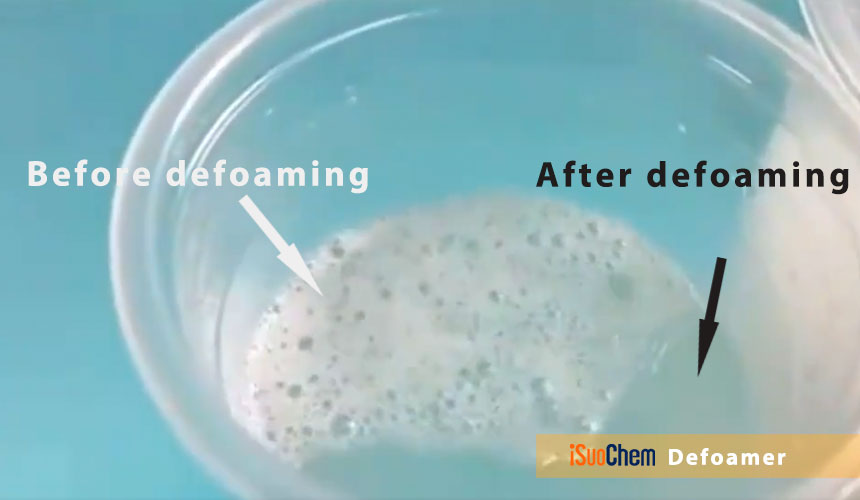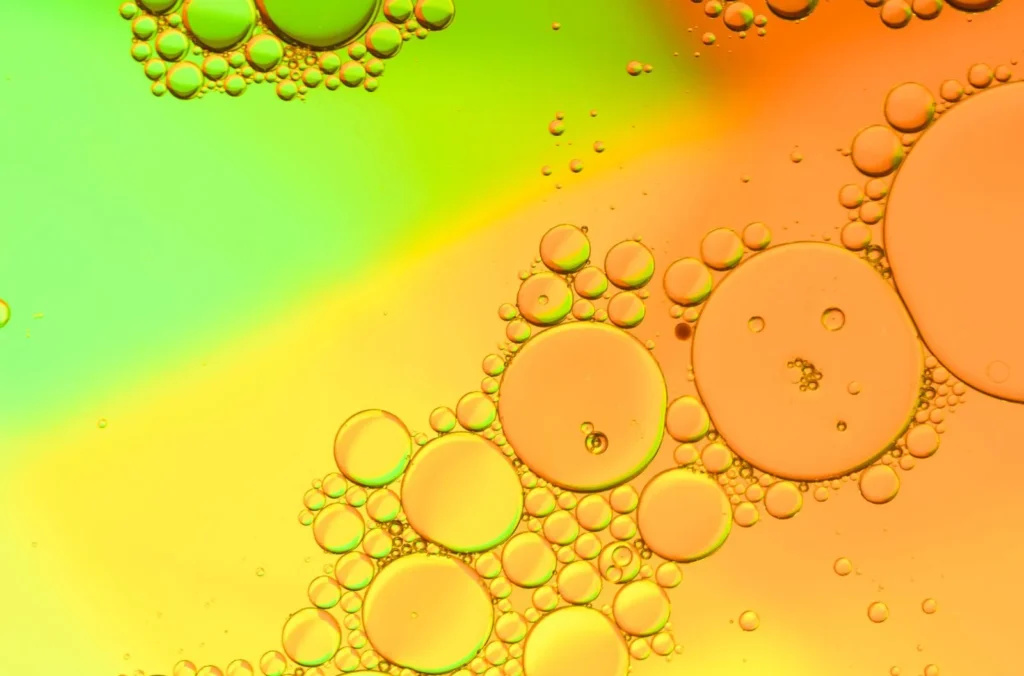The Function of Defoamers in Enhancing Product Quality and Efficiency
In different manufacturing processes, the presence of foam can considerably hinder item top quality and operational performance. Defoamers act as essential additives that alleviate this problem, guaranteeing smoother manufacturing workflows while boosting the aesthetic and practical attributes of the final items (defoamers). Their application covers a wide range of industries, from food and beverage to pharmaceuticals, where uniformity and reliability are vital. Nonetheless, the selection of the suitable defoamer can be essential to accomplishing ideal outcomes, elevating important concerns regarding formulation compatibility and efficiency metrics that warrant further expedition.
Understanding Defoamers
Comprehending the duty of defoamers is important for maintaining product quality throughout various sectors. Defoamers are chemical ingredients developed to avoid the development and decrease of foam in fluid systems, which can adversely impact procedures such as mixing, filling, and surface area stress. Foaming can result in inadequacies, product problems, and compromised visual charm, making defoamers an important component in making operations.
In industrial applications, defoamers assist to enhance product consistency and security. The efficient usage of defoamers not only makes certain smoother manufacturing procedures yet also contributes to remarkable product performance.
Moreover, the selection and formula of a defoamer should straighten with specific application requirements, such as compatibility with various other active ingredients, performance under differing temperature level and pH conditions, and possible regulative restrictions. Eventually, recognizing defoamers' features and their significance in various formulas is crucial for maximizing production and making certain the highest possible high quality final product.
Types of Defoamers
Defoamers can be classified into several types based on their make-up and mechanism of action. The primary types consist of silicone-based, non-silicone organic, and inorganic defoamers.
Silicone-based defoamers are among the most reliable, mostly as a result of their ability to spread quickly on the fluid surface and interfere with foam development. Their special chemical structure permits for superior stability, making them suitable for high-temperature applications and settings with differing pH levels.
Non-silicone natural defoamers, usually composed of natural oils or fatty acids, are valued for their biodegradability and lower poisoning. These are generally utilized in food and drink applications where safety and environmental influence are critical.
Not natural defoamers, which consist of substances like talc or calcium carbonate, act by increasing the thickness of the liquid, thereby minimizing foam stability. They are frequently utilized in industrial processes where compatibility with other materials is not an issue.
Each type of defoamer has distinct advantages and constraints, allowing for tailored options relying on the details frothing problems experienced in numerous applications. Understanding these differences is crucial for maximizing performance and attaining preferred product high quality.
Applications Throughout Industries
Numerous industries take advantage of defoamers to improve product high quality and operational performance. In the food and drink industry, defoamers are important in processes such as developing and dairy manufacturing to stop foam development, which can lead to inefficiencies and product incongruity. By controlling foam, producers can ensure much better yield and an extra consistent product.
In the pharmaceutical sector, defoamers play an essential function in the formula of liquid medicines, where too much foam can hinder blending and precise dosing. Their use helps maintain the integrity of the solutions and assists in smoother production procedures.
The paint and coverings sector also relies upon defoamers to boost the performance of products throughout application. By lessening foam, these ingredients ensure a smoother coating and improve the visual qualities of the end product.

Advantages of Using Defoamers
While the application of defoamers differs throughout markets, their benefits consistently enhance item quality and process performance. One significant advantage is the reduction of foam development throughout producing processes, which can otherwise result in production delays and variances in product top quality. By decreasing foam, defoamers enable a smoother circulation of materials, promoting a lot more reliable procedures and reducing the chance of equipment malfunctions.
Additionally, using defoamers can improve the appearance and appearance of final items. In markets such as coverings, paints, and food processing, too much foam can endanger the visual looks and total top quality, while the ideal defoamer application guarantees a consistent finish and desirable qualities. Defoamers can contribute to set you back savings by reducing waste throughout manufacturing and maximizing the usage of raw materials.

Choosing the Right Defoamer
Choosing the right defoamer is vital for optimizing manufacturing processes and guaranteeing item top quality. The selection of defoamer influences not only the performance of foam control yet additionally the general efficiency attributes of the end product. Aspects to consider include the kind of application, the chemistry of the solution, and the ecological problems under which the item will be used.
Different markets may need particular defoamer kinds, such as silicone-based, natural, or polymeric defoamers. Comprehending the compatibility of the defoamer with the main ingredients is necessary to avoid unfavorable responses that can endanger item integrity. Furthermore, my response the defoamer's performance in different temperature levels and pH degrees should be assessed to ensure consistent performance.
Evaluating the defoamer in small-scale applications can provide important understandings into its performance and viability. Factor to consider of regulatory conformity, particularly in food, Visit Website drugs, and cosmetics, is vital in selecting a defoamer. Eventually, a detailed evaluation of these elements will result in the option of a defoamer that not only regulates foam efficiently but additionally boosts the top quality and efficiency of the end product.
Conclusion

In final thought, defoamers are important ingredients that dramatically improve product high quality and efficiency across different markets. By efficiently reducing foam formation, these agents not only improve operational effectiveness however additionally add to the useful and visual integrity of products. The critical choice and application of defoamers lead to set you back savings, enhanced resource use, and raised consumer satisfaction. Generally, the value of defoamers in commercial processes can not be overemphasized, as they play a vital duty in accomplishing top quality and constant outcomes.
Lathering can lead to inadequacies, item problems, and compromised aesthetic appeal, making defoamers a critical part in producing operations.
